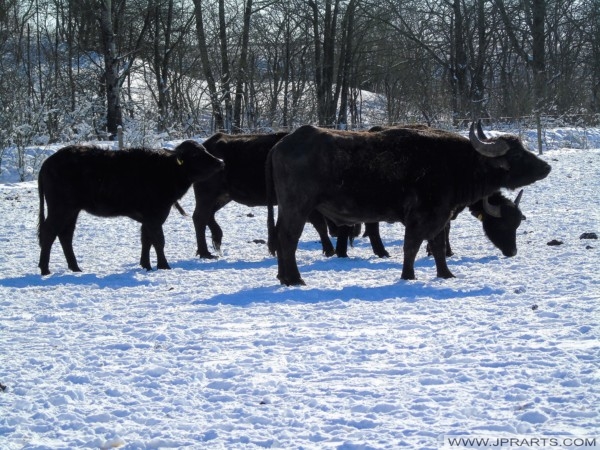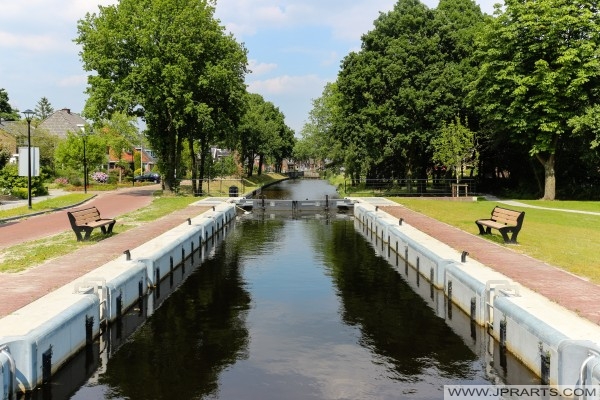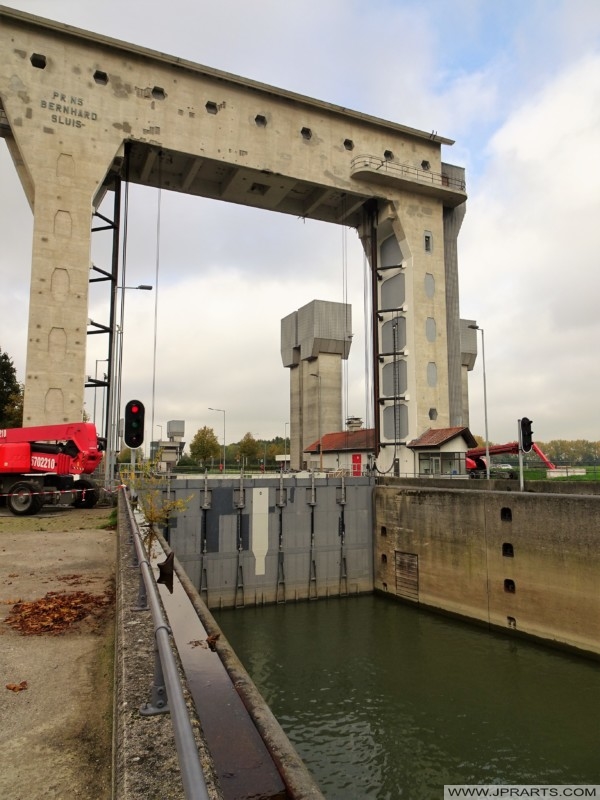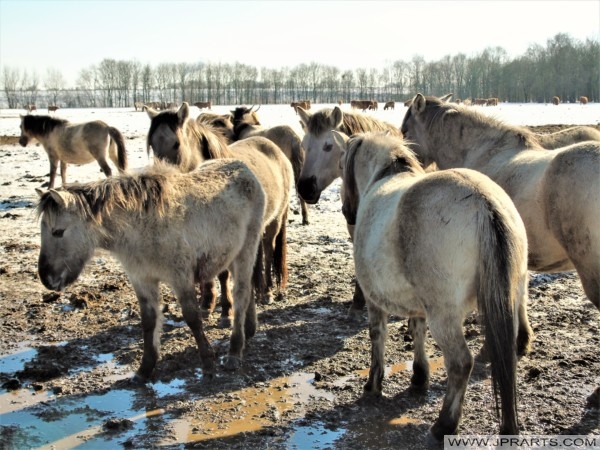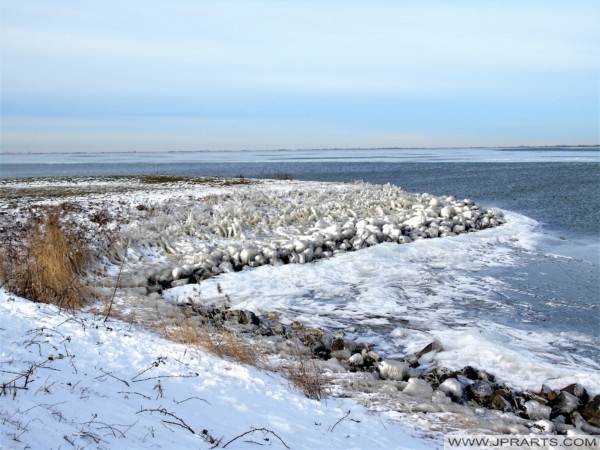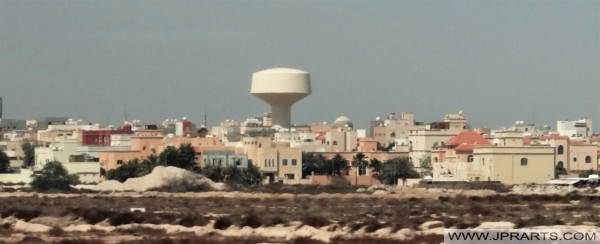The Biesbosch forms the estuary of two great European rivers, the Meuse and the Rhine. The rivers flow into the sea via the nature conservation area. Due to its location, the Biesbosch is affected by the tides. This means that the water level varies. At flood tide, the seawater holds back the water from the rivers, and the water level is then at its highest. At ebb tide, the river water flows freely to the sea, so that the water level reaches its lowest point. The difference between the highest at lowest water levels in the Biesbosch used to be two metres. Since the Delta Works were constructed, the tidal variation is only 20 centimetres in the Brabantse Biesbosch and 70 centimetres in the Hollandse Biesbosch.
De Biesbosch in The Netherlands
El Biesbosch en los Países Bajos
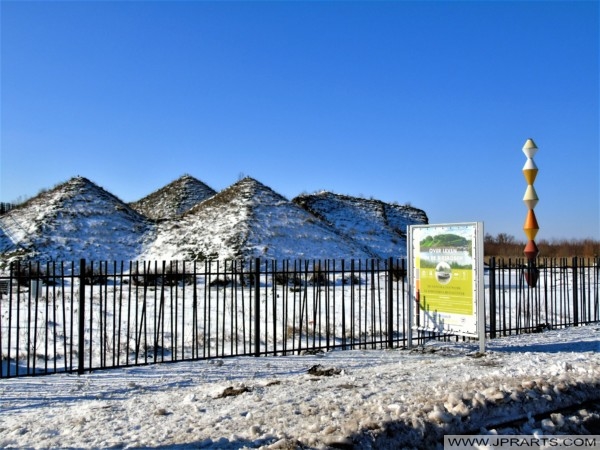
Der Biesbosch in den Niederlanden
オランダのビースボス
Le Biesbosch aux Pays-Bas
Биесбосцх у Холандији
De Biesbosch in Nederland
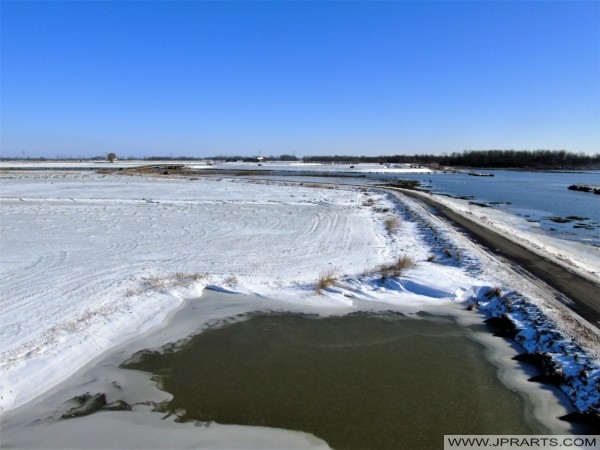
The National Park Biesbosch occupies only half of the original Biesbosch area. The other half has been reclaimed and consists mostly of farmland. It can be divided in several parts as well:
- Dordtse Biesbosch
The part of the Biesbosch that borders the city of Dordrecht. It is located between the Sliedrechtse Biesbosch and the Hollandse Biesbosch. Although the Dordtse Biesbosch has largely an agricultural destination, it also contains several recreational areas which serves as the “playground” for the people of Dordrecht. - Brabantse Biesbosch (Noordwaard)
Creek remnant in the Biesbosch. The most central part of the Biesbosch and the subject of much recent controversy. The Noordwaard has only been reclaimed during the 20th century and hosts some of most fertile farmlands in the entire Netherlands. However, as a result of the high water levels in the Dutch rivers during the 1990s, the government has decided to undo the reclamation and reconnect the Noordwaard to the Merwede rivers (essentially the Rhine). In this way it can serve as a buffer and be of much importance in the prevention of dike breaks and subsequent flooding in densely populated areas in the Rhine-Meuse-Scheldt delta. The first phase of the “de-poldering” was completed by 2008 and the resulting wetlands have been added to the National Park. The second phase was completed later. - Brabantse Biesbosch (Oostwaard)
The easternmost and oldest part of the Biesbosch does not resemble the rest of the Biesbosch and consists mainly of farmland and expanded neighbourhoods of towns along the Biesbosch border (such as Werkendam, Nieuwendijk and Hank), along with a few creek remnants. Much of the Oostwaard has been reclaimed during the 17th and 18th centuries.
Биесбосцх у Холандији
Hollanda’daki Biesbosch
Biesbosch v Holandsku
Visit Netherlands Travel to Book Flights and Hotels Cheap Online


